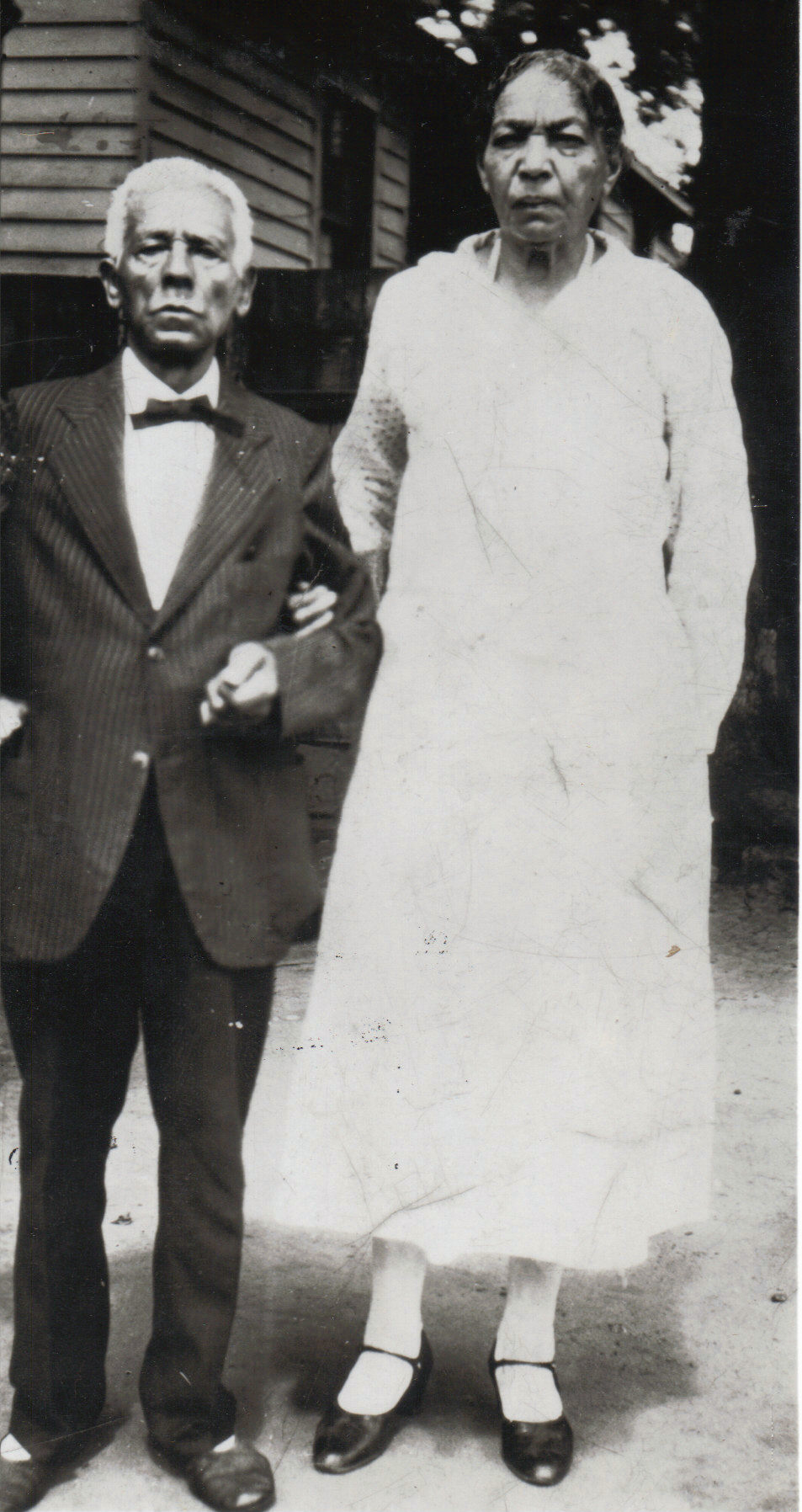When I was born in 1951, I had a great grandmother who was living. She was 101 years old. I remember her well even though I was too young to talk to her. After her demise, I still had my grandparents, three of whom survived well into my twenties. And then, there were my parents. When my mother lived with me during the final years of her life, we filled many hours talking about her past and making family connections. Unfortunately, like most people of her generation, she hadn’t talked to her parents much, which left big gaps in what she could tell me.
Over many years, I learned how powerful family stories can be. They are often repeated from generation to generation, each time embellished with personal details. My living relatives led me to historical events and relatives I never knew existed. Most poignant was learning about ancestors who were enslaved in Alabama and Mississippi. ALL of them made their individual contribution to me being me!
Getting Started with Family History
Begin your family research by thinking of it as a long term journey that needs a roadmap. That means starting with a good software program that helps organize and store the information you find. The most popular software includes Legacy, Roots Magic, and Family Tree Maker.
Once you open your software, you will begin your family tree with yourself and then proceed to systematically collect as many family names and memories as you can from everyone who is older than you. ALWAYS write down your sources so you can go back to them later if you need to.
Armed with this information, your next turn is to the internet. In the past, family research required physical visits to archives, libraries, and courthouses. Today, the internet has made family research easier for the amateur person to explore. Just remember that you need to substantiate your research.
Documents
You will need to get copies of certain key documents such as birth, marriage, and death certificates; social security, military, and land/property records. There are various places where you will find these. GOOGLE “vital records” for the state you are searching to find out how to obtain birth, marriage and death records.
Photos
It is nice to be able to visualize people, places, and things with photographic images. Just remember that, before the 1800s, photography was not universally available. Even then, it was expensive and out-of-reach for most people. Whatever photos and documents you find, there are many programs available to catalog and save your images. I save photos in .jpg format, which is easy to transmit and share with others.
DNA Testing
DNA testing is a marvel that makes it possible to “prove beyond doubt” to whom you are related and where your family originated. Tests are commercially available from a variety of sources, costing from $60-300. This tool is especially useful for African Americans whose families were torn apart during slavery.
Sharing Your Results
Once you have generated a basic amount of data (along with proof), you will undoubtedly want to share what you have with other family members and save your findings for future generations. You can publish your findings by creating a website or producing a physical book to share and leave behind.
Say Their Names!
We stand on the shoulders of ancestors who endured INCREDIBLE hardships so that we could be born
We must honor them by finding and remembering their names and passing that information on to future generations
Two of my MANY enslaved ancestors
Tom & Rhoda LESLIE of Lowndes County, AL

**********
RESOURCES